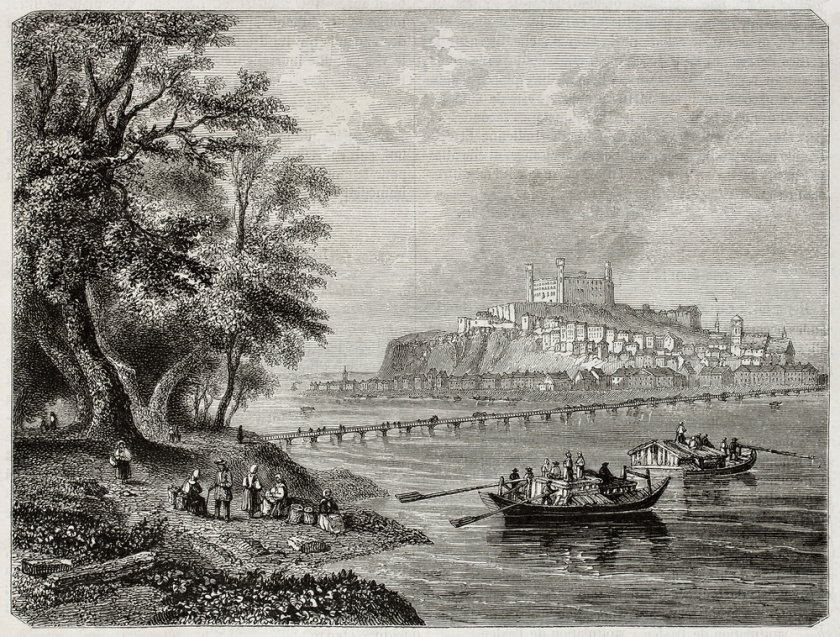Bratislava History
Bratislava has long served as a vital crossroads for trade in Central and Eastern Europe. This brief article explores the rich history of this Slovakian city.
Historical names
Bratislava has boasted many names throughout history, including Braslavespurch, Brezalauspurc, Istropolis (during Matthias Corvinus' reign), Pozsony (Hungarian name), Posonium (Latin name), Pressburg (German name), Brezesburg, Preslawaspurch, Brezizbuch, Bresbuch, Presporok or Prespork (Slovak historical name), and even Wilsonovo Mesto (Wilson's City) for a brief period after World War I.
History of Bratislava
The history of Bratislava stretches back to 400-50 BC, when a significant Celtic settlement, known as an "oppidum," flourished on the land now occupied by the modern city. From the 1st to the 5th centuries AD, the area that is now Bratislava formed part of the "Limes Romanus," the fortified border zone of the Roman Empire. Both Bratislava Castle and Devin Castle rose to prominence during the Great Moravia ("Velká Morava") empire, which existed from 833 to the 10th century.

From Kingdom to Capital
From around 1000 onwards, Bratislava developed as an important trade and transport hub within the Kingdom of Hungary. This significance continued under Austrian rule as well. In 1291, Bratislava was granted town privileges, and by 1405, it had achieved the status of a "free royal town." The city enjoyed a period as a center of learning between 1467 and 1490, hosting the prestigious Academia Istropolitana university founded by Matthias Corvinus. Notably, Bratislava served as the capital of Hungary from 1536 to 1784.
National Awakening and Modernization
The 18th century saw Bratislava become a focal point for the burgeoning Slovak national and cultural movement, spearheaded initially by writer Anton Bernolák and later by Ľudovít Štúr, a key figure in Slovak nationalism. Technological advancements also arrived in 1840 with the construction of the first railway in Hungary, connecting Bratislava to Svätý Jur. This was swiftly followed by rail links to Vienna (1848) and Budapest (1850). The late 19th century witnessed a period of extensive modernization and industrialization in Bratislava.
Bratislava - the capital of Slovakia
Following the end of World War I in 1918, Bratislava became part of Czechoslovakia. The city's current name, "Bratislava", was officially adopted in 1919, the same year the Slovak Comenius University was established. During World War II, Bratislava served as the capital of the German-backed puppet state, the Slovak State. Bratislava was then declared the official capital of the Slovak Socialist Republic in 1968. The peaceful Velvet Revolution of 1989 toppled the communist regime, and Bratislava became the second-largest city of the Czechoslovak Socialist Republic, later the Czechoslovak Federal Republic.
On January 1, 1993, following the separation of Czechoslovakia, Slovakia emerged as an independent state with Bratislava as its capital.